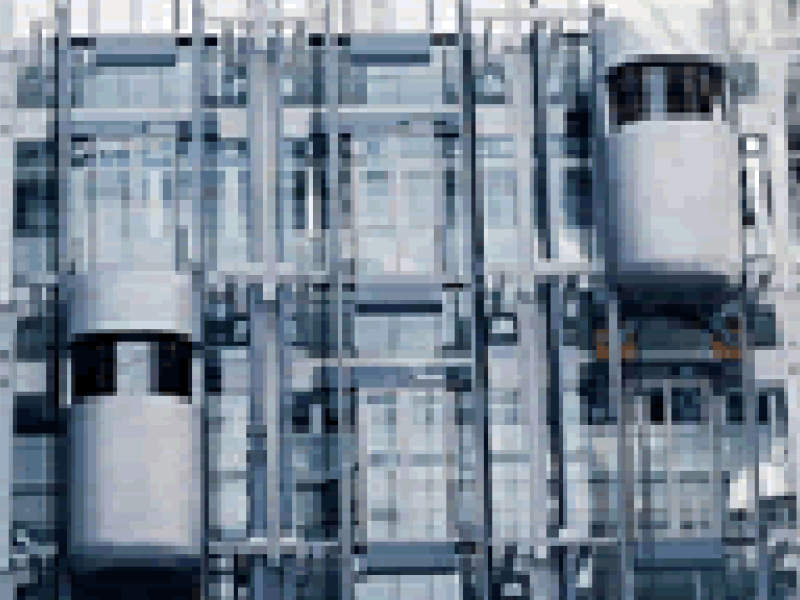Short waiting and journey times are the most important features of an elevator group control with high quality of service. Classical systems use landing calls and car calls. That is, the passenger first specifies whether he wants to travel upwards or downwards (landing call) and then enters his destination floor inside the elevator (car call). The system can not take into account the destination floor information before the elevator arrives on a floor and the passenger issued a car call. Recently, larger elevator groups utilize a so-called destination call system, where a passenger specifies the destination floor directly when calling an elevator. The elevator control then immediately decides which elevator will serve the passenger and displays this information to him.
In order to guarantee the availability of spare parts for many years, elevator control systems do not employ fast PC technology. Instead, microcontrollers are used, which have significantly less computing power. Typical systems consist of up to four elevators and up to 32 floors. In view of the limited computing power it is very challenging to get good control decisions for large buildings, where performance is very important.
The following decisions have to be made. On the one hand, each call must be assigned to an elevator. On the other hand, for each elevator, the order for processing the assigned calls must be determined. The goal of this project is to develop a control algorithm that works for both, destination calls and pickup/cabin calls. In doing so, the restrictions of computing power mentioned above have to be taken into account. The control should yield short waiting and journey times.
